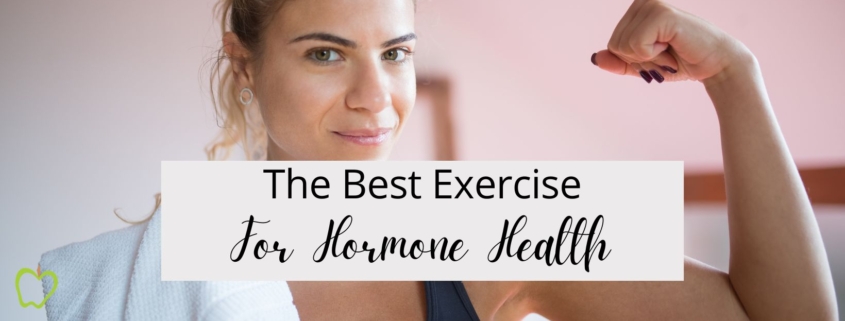The Best Exercise For Hormone Health
When it comes to hormones, it’s easy to think of them as something happening behind the scenes – abstract, invisible, and out of your control. But the truth is, your daily habits shape your hormones in profound ways, and one of the most powerful tools at your disposal is movement. So, what is the best exercise for hormone health?
Exercise isn’t just about burning calories or building strength; it’s a conversation with your body. The right kinds of movement can help regulate your hormones, improve your mood, and create balance in ways that go far beyond the gym. Let’s take a closer look.

